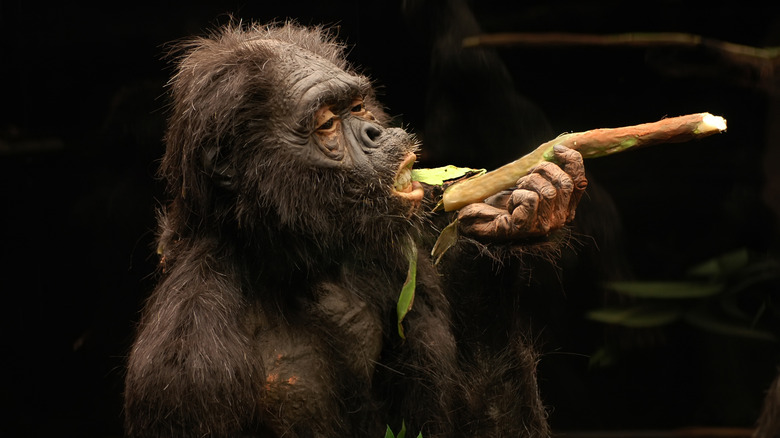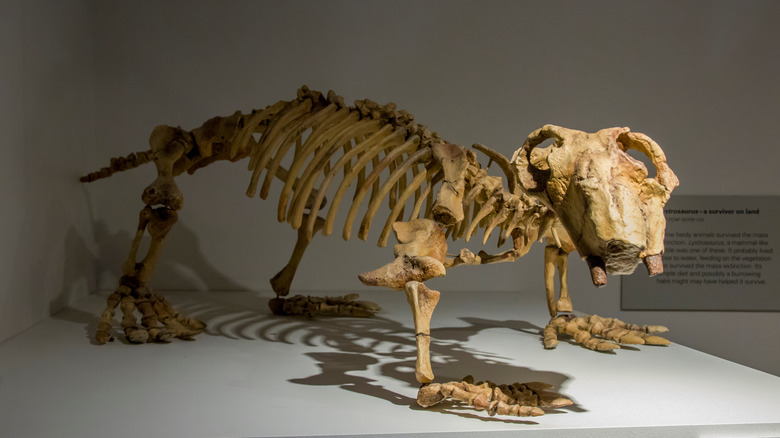The Truth About The New 'Hobbit' Creature That Was Discovered
Our understanding of the evolution of mammals, after the extinction event that wiped out the dinosaurs, has itself evolved. According to Sci Tech Daily, a recent journal article has detailed three newly discovered species of mammals that existed just after the fall of dinosaurs that provide fascinating insights into how mammals evolved after that fateful meteor strike.
The three species — Miniconus jeanninae, Conacodon hettigeni, and Beornus honeyi — existed within a few hundred thousand years of the mass extinction event that killed the dinosaurs, and their diversity has changed our understanding of the speed at which mammals evolved during this time. It seems that once free of the strong, terrifying dinosaur predators, mammals evolved rapidly — much quicker than previously believed. The newly discovered trio varied in size, dental features, and appearance, with one that eagle-eyed Tolkien fans will recognize as being named after a character from fantasy classic "The Hobbit."
Humanity was likely impossible without the death of dinosaurs
According to Cosmos, the extinction of dinosaurs ushered what is known as the "Age of Mammals," as the surviving creatures snatched their opportunity to dominate the ecological battlefield by adapting, diversifying, and thriving. The small critters were able to access a wider variety of food supplies, and quickly evolve in size and tooth shape, a key aspect in determining what prey is available. This speedy evolution is apparent in the three new species discovered. They are all predecessors of ungulates, hoofed mammals like horses and cows, and grew to the size of a modern-day cat. This might not seem particularly impressive, but given that most mammals in the time of dinosaurs were roughly mouse-sized, it's a big leap in a relatively short time.
The biggest of the three was named after Beorn, a character in "The Hobbit" that can take the form of man or bear. The newly-discovered mammal, Beornus honeyi, had large inflated molars that gave it a bear-like appearance, unique from the other mammals of its time. The other species discovered also differ from their contemporaries by unique tooth shape. This suggests that the diversity of mammals in this period was way greater than previously thought, a testament to the accelerated speed that these creatures developed in a world free from the giant reptiles that had ruled for millions of years. It was an opportunity for a boom in mammalian evolution that was vital for the arrival of humans.

